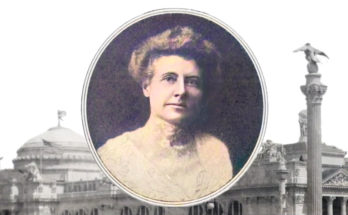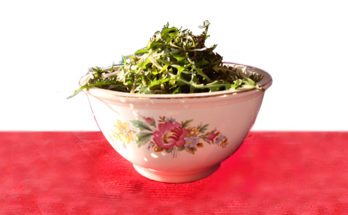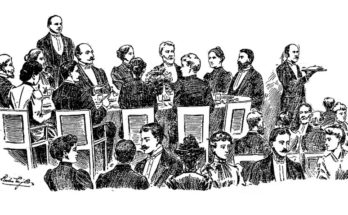In 1897, inspired by the optimism generated by the 1893 World’s Fair held in Chicago, women’s clubs embraced and celebrated gains in equality and household innovations. Building upon the excitement and progress showcased at the World’s Fair, these clubs became vibrant hubs for intellectual discussions. They served as catalysts for change in various domains, including art, education, home economics, and women’s rights. Women’s clubs provided a platform for women to connect, support each other, and lay the foundation for the remarkable strides in gender equality that followed.
This same century witnessed the birthing and maturing of the industrial revolution, where new products were conceived, and manufacturers sought acceptance for their new manufactured products. Before 1900 women were known as being producers of goods, after 1900 companies were the producers and women were schooled to be consumers of goods.
It may be difficult to imagine a time when few processed foods existed. If people didn’t have a farm, they went to a butcher, a green grocer, and at times a bakery or confectionary, plus a few canned goods were available since the late 1700s, but for the most part women produced full meals, breads, dairy products, desserts and confections, sodas, and anything you can think of that we buy from stores today.
“What better place to gain acceptance of new manufactured products than women’s clubs?” –thought the manufacturers. Print advertising supported lectures and demos at women’s clubs, schools, and auditoriums, and increasingly women’s formal education bridged the gap between manufacturer and homemakers.
This relationship between pre-1900 women as food [and clothing] producers becoming equal and free from needing household help — hired help or by having a large family — and post-1900 as consumers, slowly becoming unskilled and dependent upon food manufacturers is complex, yet we can see changes year by year, decade by decade, in editorials, advertisements, and cooking booklets from 1860s to the present. On one hand, as consumers women were liberated from the need for household help and gained some newfound independence. On the other hand, women gradually became less skilled and increasingly reliant on food manufacturers. It was a shift where women unconsciously chose to diminish their culinary skills, leading to a greater reliance on manufacturers’ advertisements to educate them.
Thanks to women’s suffrage, women achieved the right to vote in 1920. Other laws granted them the ability to establish their citizenship separate from their husbands, own property independently, and enjoy numerous other much-needed freedoms and reforms. So let us pause here, directing our attention to these remarkable achievements, and not discuss for now any minuses from the post-1900s rapids of home consumerism and what to do to change the entire world’s food culture, if anything.
Cheers!


